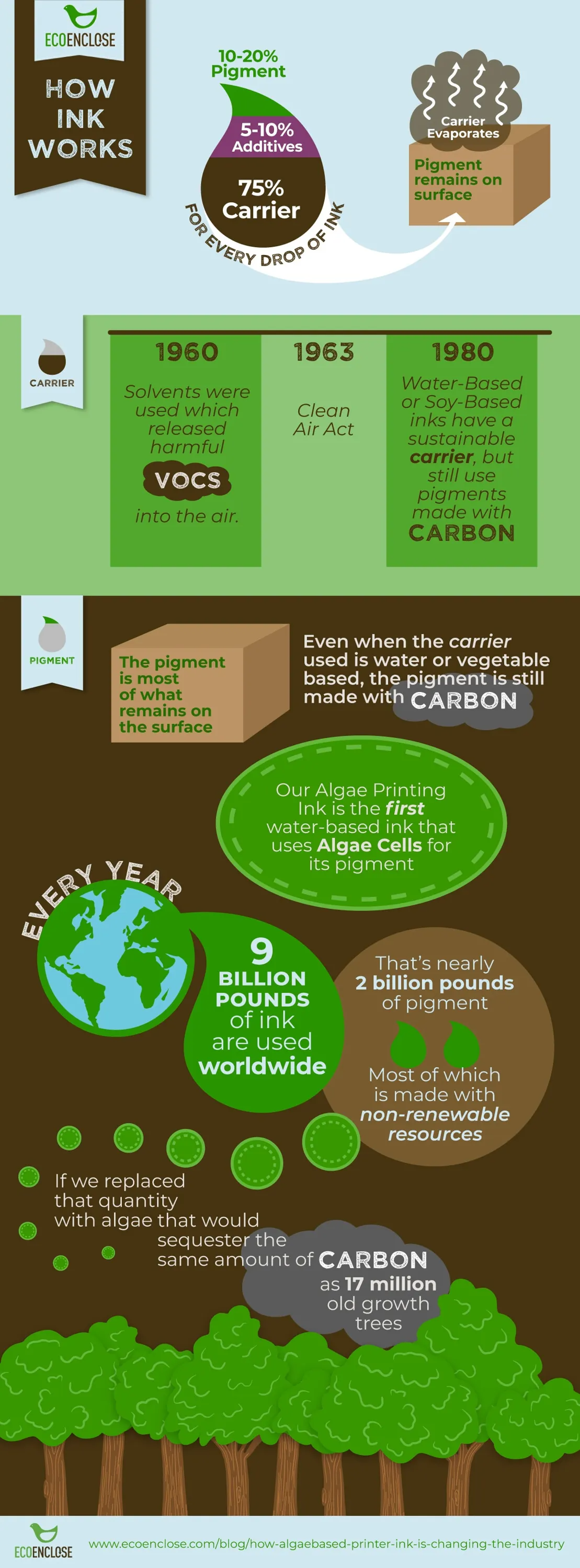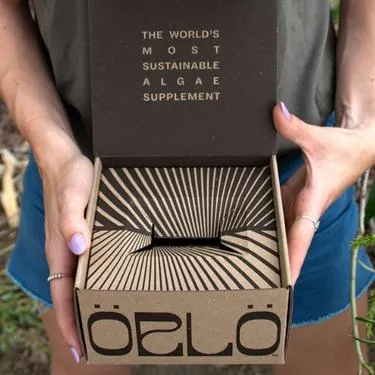The World's Most Sustainable Ink
Updated June 27, 2022
The Future of Ink is Algae
Black ink is on almost everything. Unfortunately, most black pigment is made with carbon black and is generated from fossil fuels. Algae Ink™ is here to change this standard. It is a revolutionary ink developed by Living Ink Technologies that uses algae cells for pigments, making it safer and cleaner to work with, and more compatible with the recycling and composting process. Algae Ink is a net negative carbon technology, with each bucket of ink sequestering the same carbon as two trees.
Today, Algae Ink can replace standard carbon black across a variety of applications and industries. Read on to see how Algae Ink changes the future of packaging, apparel, and durable goods.
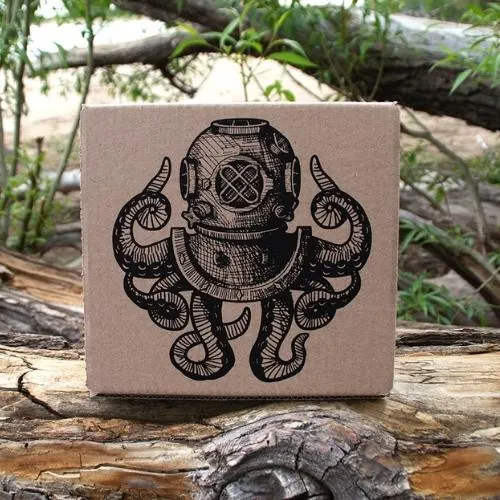
Shipping Boxes
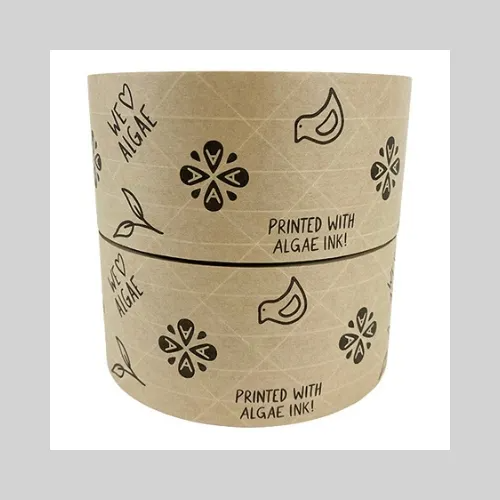
Water-Activated Tape

Paper Mailers

Retail Packaging

Poly Mailers

Hang Tags

Stamp Ink

Notebooks & Brochures

Tissue Paper

Glassine Bags
What Our Customers Are Saying
I like to reduce our carbon footprint any way I can. The simple kraft box with Algae Ink provides a modern look of classy environmental consciousness to our product packaging.
- UFlyMike
The Algae Ink print you all do on our 100% recycled boxes really makes our packaging shine at local and national retailers. Thanks for the awesome product and service, we continue to recommend Eco Enclose to all in our business network … awesome service as always.
- Bedrock Sandals
Globally, the Wurth Group, our parent company, has a major focus of sustainability and eco-friendly solutions. To be able to offer algae ink ... positively supports and drives our global initiative to do better for the planet. We LOVE this sustainable solution is available in the US.
- Wurth Elektroniks
Get In Touch
Algae Ink is a must-have for your products and packaging if you're building a sustainable brand. By incorporating this technology into your business, you are not only actively sequestering carbon, but also paving the way for this ink to become more mainstream and widely available long-term, which would be a significant win for the environment.
Contact us today to see how Algae Ink can set your brand apart.
Recent Wins in the World of Algae Ink
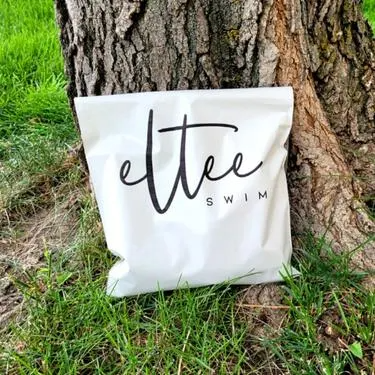
Eltee Swim becomes the first-ever brand to print their poly mailers with Algae Ink.

Frequently Asked Questions
For more in-depth information about the history of algae ink and why it is such a tremendous leap forward even when compared to standard water and soy-based inks, check out our post - How Algae Ink is Changing the Print Industry.
What makes Algae Ink sustainable?
Algae Ink is a carbon-negative ink, sequestering more carbon in a stable and long-lasting form than is used in its production. Every 45 pounds of Algae Ink we produce keeps 22.5 pounds of petroleum (crude oil) from being used. That means that 22.5 pounds of oil can't negatively impact our environment or air. Additionally, because our ink is carbon negative, using a 45-pound bucket of Algae Ink can remove -59 kg of carbon dioxide or like planting four trees!
Algae Ink has more biorenewable content than any other ink on the market. Algae Ink for offset printing is 86% biorenewable content, and Algae Ink for flexographic printing is 90% biorenewable content.
What is carbon black? What is algae black?
Carbon black is a pigment used within the ink, textiles, plastics, and rubber industries. It is derived from heavy petroleum such as FCC tar, coal tar, or ethylene cracking tar. It is listed as a class 2b carcinogen according to the International Agency for Research on Cancer (IARC). Thus, carbon black is hazardous to human health, causes environmental degradation, and is produced using finite resources.
Algae black is a bio-based, renewable, and safe carbon black alternative. Algae by-product material is transformed into tiny black pigments. These pigments are in the form of either a dry powder or liquid dispersion. [Source: Living Ink Tehnologies]
Where can algae black be used?
Technically, algae black can be a replacement any time carbon black is currently being used. As of today (2022), algae black is actively being used in flexographic ink, offset ink, and screen printing ink. Living Ink Technologies is also developing formulations that can be used in cosmetics, textiles, and dyes in plastics.
Unfortunately, algae black is currently unavailable for digital printing applications (toner or inkjet). Please reach out if you have a new idea for how your company wants to use algae black.
Why is Algae Ink more sustainable than soy or water-based ink?
Soy and water-based describes the ink's "carrier" (the agent which carries pigment onto the printing substrate). The move from solvent carriers to water- and plant-based carriers was great for the environment. But pigments in these inks are still derived from fossil fuels.
Algae Ink is a leap forward in the landscape of sustainable inks, as its pigments are biorenewable, derived from algae (and, in fact, from waste generated by an algae fuel production facility). Algae Ink utilizes water or plant-based carriers and is the most renewable ink available today.
Are my volumes too high to use Algae Ink? Or too low?
Is Algae Ink only available for shipping packaging?
Is Algae Ink recyclable?
Is Algae Ink compostable?
As composting becomes more common, we believe people must consider the impact of the small components of their packages, such as inks and adhesives. One reason we are so excited about Algae Ink is that the pigments (most of what is left on the package) are biorenewable, naturally biodegradable, and therefore safer for our soils.
Will Algae Ink fade over time?
Is Algae Ink available for digital printers?
Is Algae Ink available in colors besides black?
Is Algae Ink more expensive than regular (fossil-fuel-derived) black ink?
We are confident that, over time, both of these trends will shift, and Algae Ink will become more and more cost-effective to produce. That said, because ink typically makes up a minimal volume of your packaging, it slightly impacts pricing. Depending on your design and solution, you may see a 1-5% increase in price when shifting to Algae Ink, a premium we are working hard to bring down by making Algae Ink more widely used.
